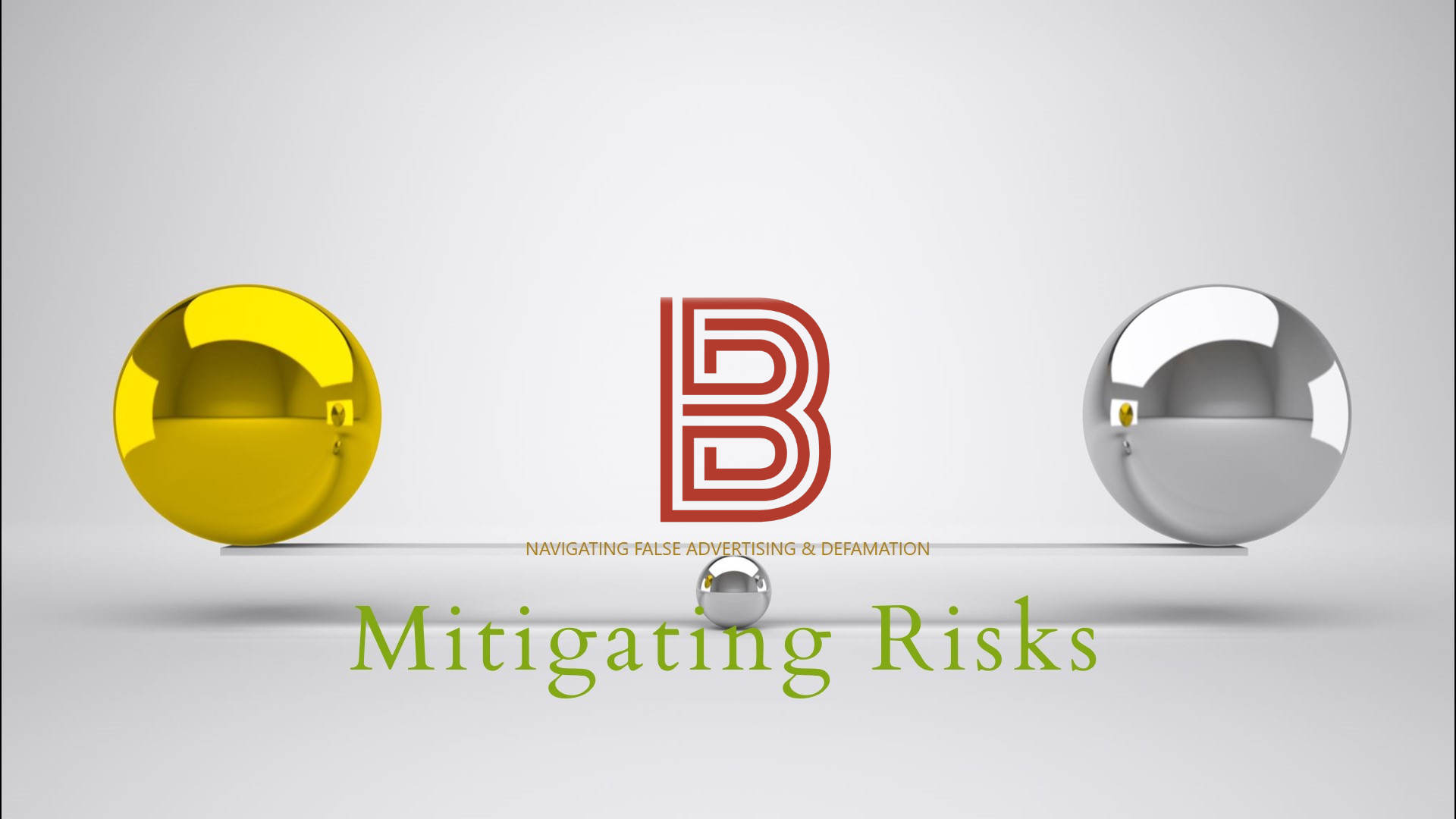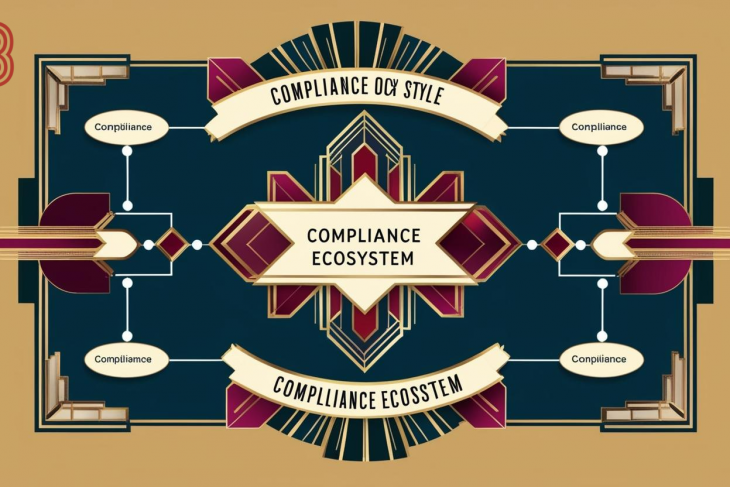
Introduction
In the modern business landscape, risk management is essential for mitigating potential threats that could damage an organization’s reputation, financial standing, and legal standing. Among the various risks businesses face, false advertising and defamation present significant challenges. These risks can lead to legal disputes, financial losses, and reputational harm if not managed properly. This paper explores the risks associated with false advertising and defamation, their impact on businesses, legal consequences, and best practices for risk mitigation.
Understanding False Advertising
False advertising refers to the practice of misleading consumers through deceptive, exaggerated, or incorrect information about a product or service. This can take many forms, including:
Deceptive Pricing: Misrepresenting discounts or promotional offers.
Unsubstantiated Claims: Making claims that lack scientific or factual support.
Bait-and-Switch Tactics: Advertising a product that is not available to lure customers into purchasing a different, often more expensive, item.
Misleading Comparisons: Falsely comparing a product to a competitor’s to make it appear superior.
False advertising can be intentional or unintentional, but both forms can lead to legal repercussions, consumer mistrust, and regulatory penalties.
Legal Consequences of False Advertising
Businesses found guilty of false advertising may face:
Regulatory Penalties: Government agencies such as the Federal Trade Commission (FTC) impose fines and penalties on businesses that engage in deceptive advertising.
Consumer Lawsuits: Consumers may file lawsuits seeking compensation for damages caused by misleading claims.
Class Action Lawsuits: Groups of consumers can join together to sue a company, leading to significant financial liabilities.
Reputational Damage: Negative publicity resulting from false advertising can lead to a loss of consumer trust and decreased sales.
Understanding Defamation
Defamation refers to false statements made about an individual or entity that harm their reputation. It can be classified into two types:
Libel: Written or published false statements that damage a person or company’s reputation.
Slander: Spoken false statements that cause reputational harm.
Defamation can occur in various business settings, including marketing campaigns, public statements, and competitive advertising.
Legal Consequences of Defamation
If a business or individual is found guilty of defamation, they may face:
Lawsuits and Monetary Damages: Courts can award damages to the plaintiff for reputational harm.
Injunctions: Courts may issue orders to cease the distribution of defamatory content.
Reputational Harm: Defamation lawsuits often attract negative media attention, further harming the business’s credibility.
Risk Management Strategies for False Advertising and Defamation
To mitigate the risks of false advertising and defamation, businesses should implement comprehensive risk management strategies, including:
Compliance with Advertising Laws
Ensure all advertisements adhere to legal and ethical standards set by regulatory bodies.
Avoid misleading or exaggerated claims about products and services.
Provide clear and accurate disclosures about pricing, promotions, and product functionality.
Fact-Checking and Substantiating Claims
Conduct thorough fact-checking before publishing advertisements.
Provide scientific or empirical evidence to support claims made in promotional materials.
Regularly review marketing materials to ensure compliance with legal standards.
Training and Awareness Programs
Train employees, especially marketing and communications teams, on legal risks associated with advertising and public statements.
Develop guidelines for ethical advertising and public communications.
Implementing a Legal Review Process
Establish a legal review process for all marketing campaigns before release.
Consult legal experts to assess potential risks in advertising and public communications.
Crisis Management and Response Planning
Develop a crisis response plan to address false advertising or defamation claims effectively.
Monitor online and media channels to identify potential reputational threats early.
Respond transparently and promptly to consumer complaints and legal challenges.
Case Studies
Case Study 1: Volkswagen Emissions Scandal
Volkswagen falsely advertised its diesel vehicles as environmentally friendly, leading to significant legal and financial consequences. The company faced billions in fines and suffered a severe reputational blow.
Case Study 2: McDonald’s and the Hot Coffee Lawsuit
Although McDonald’s was not found guilty of false advertising in this case, it serves as an example of how misleading claims or lack of full disclosure can lead to consumer lawsuits.
Case Study 3: Defamation in the Business World
A well-known example is the lawsuit between Elon Musk and a British cave diver, where Musk’s comments on social media resulted in a defamation lawsuit. The case underscores the importance of responsible communication in public forums.
Summary
False advertising and defamation pose significant risks to businesses, leading to legal, financial, and reputational consequences. By implementing robust risk management strategies, companies can safeguard their brand integrity and avoid costly legal disputes. Through compliance, training, legal review, and crisis management, businesses can mitigate these risks and maintain ethical and legal advertising practices.




















